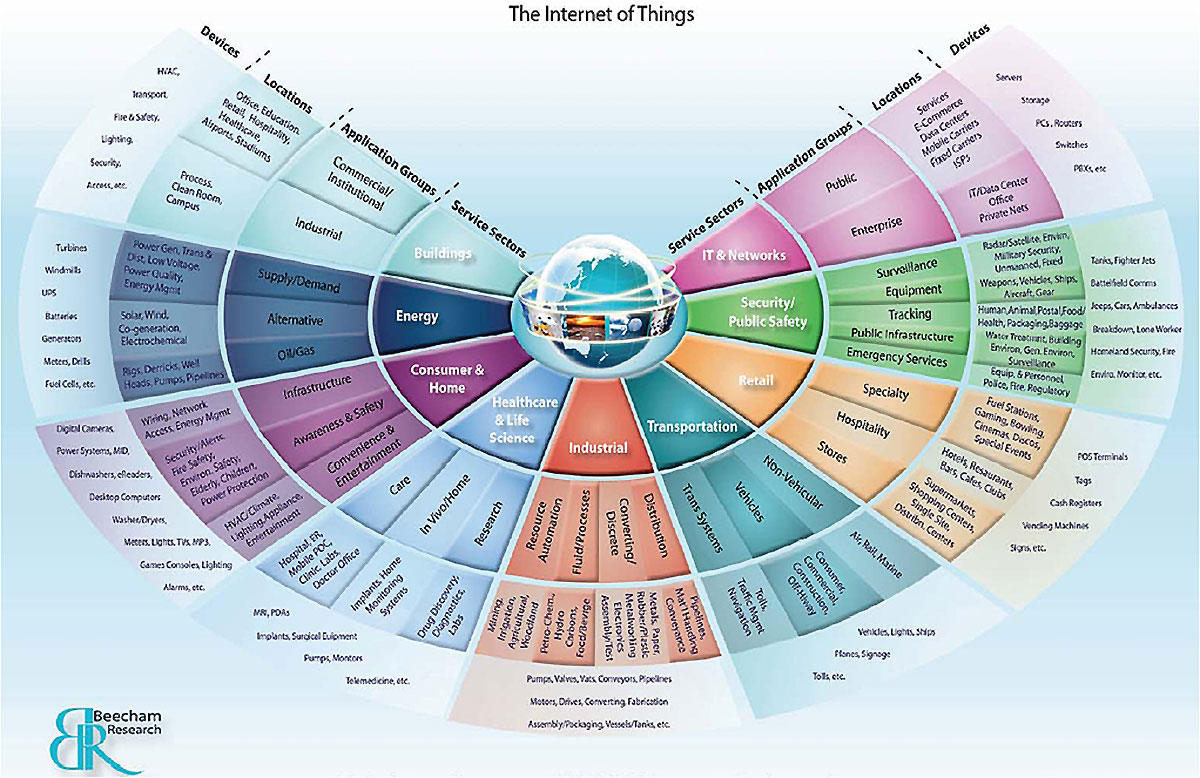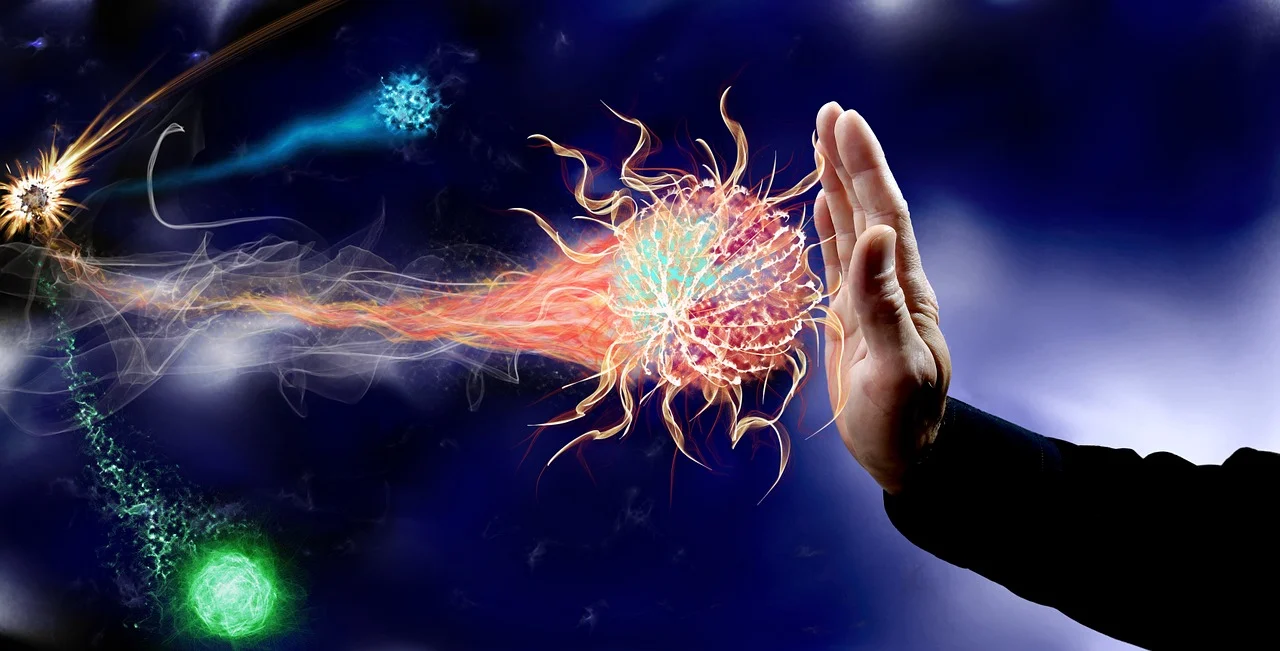One thing we don’t have to worry about is running out of Internet addresses. IPv6 protocol has the capacity for 340 trillion trillion (3.4 x 10^38) addresses; that’s 100 addresses for every atom on the face of the earth!
“Things” Growing Exponentially
In 2008 the number of things connected to the Internet exceeded the number of people on earth for the first time; by 2020 it is estimated 50 billion things: clocks, railroads, livestock, houses, running shoes, you name it, will be connected to the Internet. Cameras already exist that are just one cubic millimeter in size; 150 of them could fit on the face of a dime. Billions and billions of sensors will be deployed worldwide to monitor the planet both land and sea, air and space.
Progress That Made This Possible
In order for this to occur a number of trends have been developing across the globe. First is the growing demand for expedited logistics; this has occurred through the use of RFID tags that facilitate faster routing, inventorying and loss prevention. Second, there has be a significant cost reduction in technology across industries that has led to the diffusion of leading technology into things of all kinds; examples are surveillance, security, healthcare, transport, food safety, and document management. Third, the ability of devices located anywhere on the earth to receive geo-location signals: objects and people can now be located in an instant. Fourth, a trend toward miniaturization, more power-efficient electronics and the availability of wireless spectrum: teleoperation and telepresence gives people and machines the ability to monitor and control objects from a great distance. Finally software agents and advanced sensors have been integrated.








